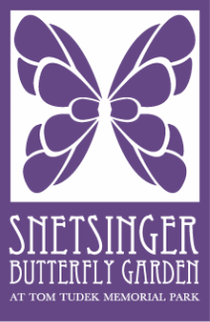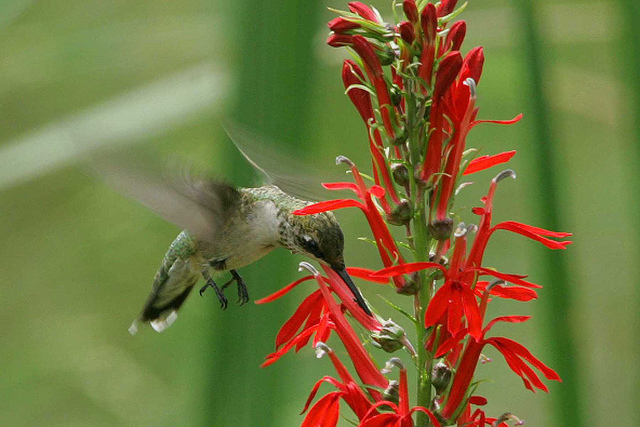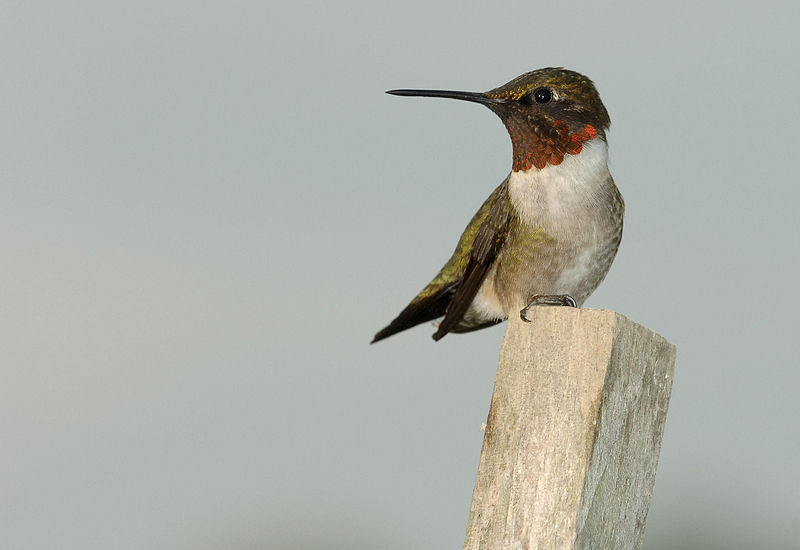|
|
ruby-throated hummingbirdArchilochus colubris
Identification:
This tiny bird is easy to identify, since it’s the only hummingbird species we’re likely to see at the SBG. It is very small, barely bigger than a dragonfly. Its wings beat so rapidly they are barely visible. The main identifying characteristics are its very long, downward curving bill; ruby red splotch on its upper chest (adult males; females and juveniles lack this feature) with white below; green above; and a faint white eye ring and white at the corner of the tail feathers. Behavior: The Ruby-Throated hummingbird can hover amazingly well. It perches too. It zips around with amazing speed, pollinating native plant species as it visits them. An important food is nectar; it also consumes insects, often caught on the fly. It builds its tiny nest on a high up tree branch, directly on the branch rather than in a crook. What brings it to the SBG? Food, cover, nesting sites. Hummingbirds visit the brightly colored perennial flowers in the Demonstration Gardens for nectar, and probably nest nearby. When can I see it? Spring, summer, fall; this little bird is a mighty flier, migrating all the way to Central America for the winter. |


